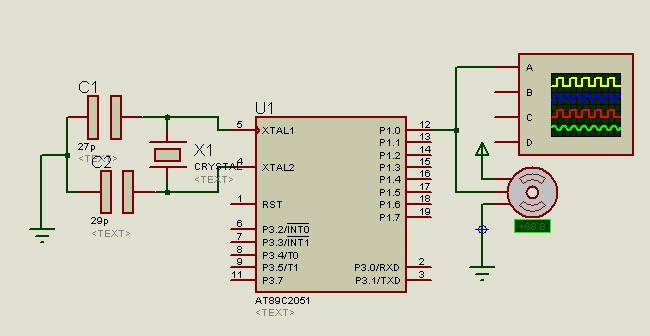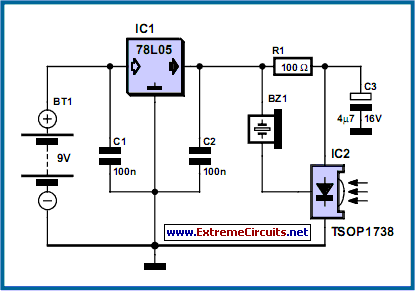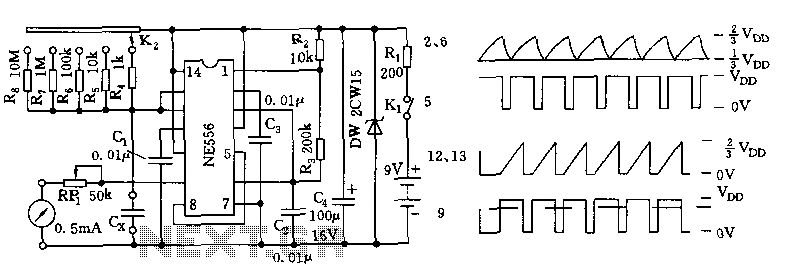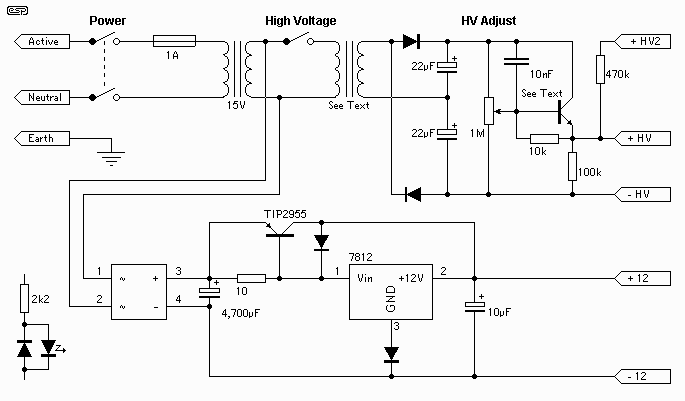
Ground-earth tester
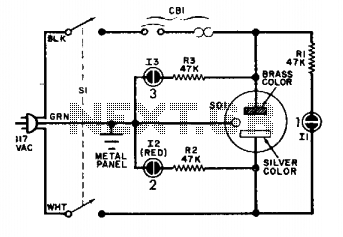
The circuit is straightforward and reliable when connected properly. Under standard operating conditions, only lamps 1 and 3 should illuminate. If lamp 2 activates, it indicates that the cold lead is at 117 volts above ground.
The described circuit operates on a basic principle of series and parallel configurations of lamps, which are typically used for indication or signaling purposes. In this arrangement, lamps 1 and 3 are expected to light up under normal conditions, suggesting that they are in a parallel configuration with a common power source. This configuration allows them to operate independently, ensuring that the failure or activation of one does not affect the others.
Lamp 2's activation serves as a critical diagnostic indicator. Its illumination signifies an anomaly in the circuit, specifically indicating that the cold lead is at 117 volts relative to the ground. This condition may suggest a fault or an unintended path to the power source, which could pose a risk of electrical shock or equipment damage if not addressed.
To ensure safety and reliability, the circuit should be designed with appropriate protective measures, such as fuses or circuit breakers, to prevent overcurrent conditions. Additionally, the use of clearly labeled terminals and color-coded wiring can help in maintaining the integrity of the circuit and ensuring proper installation.
In summary, the circuit's functionality can be monitored effectively by observing the state of the lamps, while the presence of voltage at the cold lead serves as a vital warning sign that should not be overlooked. Proper wiring and adherence to electrical standards are essential for the safe operation of this circuit.The circuit is simple and foolproof if wired correctly. Under normal conditions, only lamps 1 and 3 should be lit. If lamp 2 comes on, the cold lead is 117 volts above ground.
The described circuit operates on a basic principle of series and parallel configurations of lamps, which are typically used for indication or signaling purposes. In this arrangement, lamps 1 and 3 are expected to light up under normal conditions, suggesting that they are in a parallel configuration with a common power source. This configuration allows them to operate independently, ensuring that the failure or activation of one does not affect the others.
Lamp 2's activation serves as a critical diagnostic indicator. Its illumination signifies an anomaly in the circuit, specifically indicating that the cold lead is at 117 volts relative to the ground. This condition may suggest a fault or an unintended path to the power source, which could pose a risk of electrical shock or equipment damage if not addressed.
To ensure safety and reliability, the circuit should be designed with appropriate protective measures, such as fuses or circuit breakers, to prevent overcurrent conditions. Additionally, the use of clearly labeled terminals and color-coded wiring can help in maintaining the integrity of the circuit and ensuring proper installation.
In summary, the circuit's functionality can be monitored effectively by observing the state of the lamps, while the presence of voltage at the cold lead serves as a vital warning sign that should not be overlooked. Proper wiring and adherence to electrical standards are essential for the safe operation of this circuit.The circuit is simple and foolproof if wired correctly. Under normal conditions, only lamps 1 and 3 should be lit. If lamp 2 comes on, the cold lead is 117 volts above ground.

